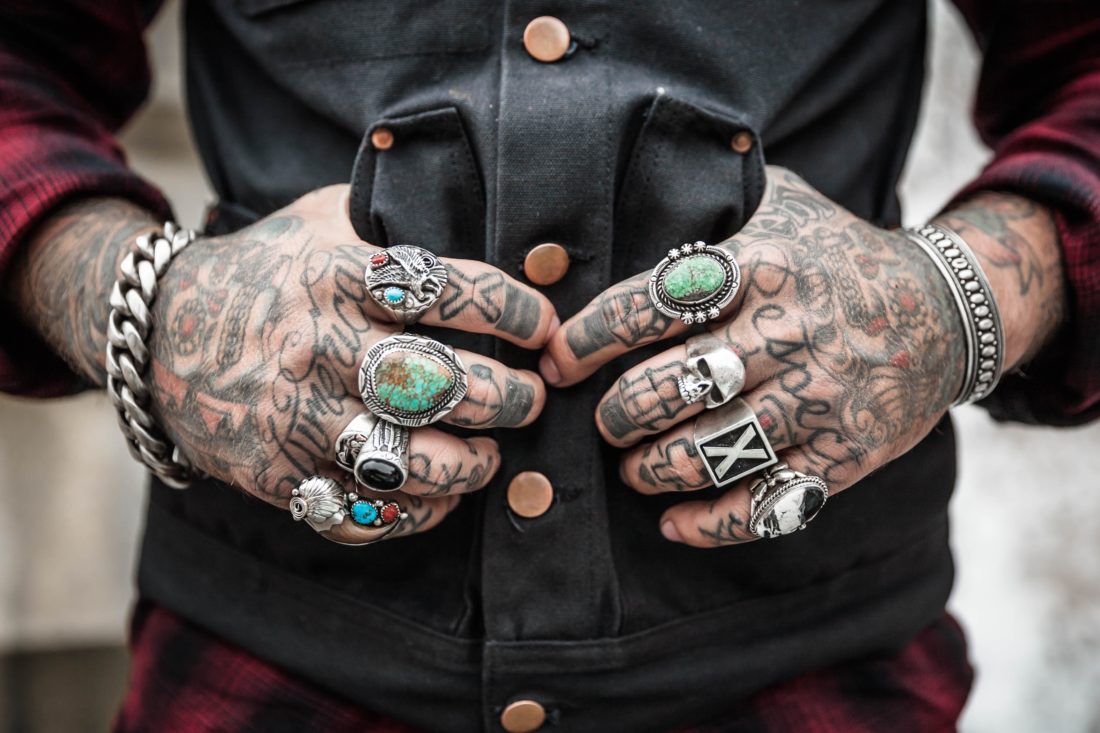
How Tattoos Work
Tattoos are an increasingly common cosmetic addition in today’s culture with about forty percent of Americans between the ages of 18 and 29 having committed to permanent body art. While everyone chooses to make the commitment to a tattoo or design for different reasons, the science that makes it a permanent addition to the body remains the same. The ink pigment particles that lay in the second layer of the skin are too large to be broken down and consumed by the white blood cells of the body, which would typically rally to dismantle and disseminate an unknown substance under the skin.
While it is unclear when or even where tattooing practices first occurred as anthropologic information on soft tissues is more difficult to ascertain, tattooing has been a part of many culture’s ornamental, therapeutic, and spiritual traditions for a substantial amount of human history. The oldest tattoos found date to 4000 BC and are on a Iceman discovered in the Italian Schnal Valley glacier. His remains boast a total of 61 clearly intentional tattoos that were created by making small incisions in the skin and rubbing charcoal into them. Due to the precision of the lines, it is clear that tattooing had already been perfected and practiced by his culture.
The more recent predecessor to current tattooing practices would be referred to as a “stick and poke” tattoo today. A needle would be painstakingly dipped into the skin and into the ink by hand, slowly creating an image. The current method of tattooing has remained relatively unchanged since the Samuel O’Reilly’s invention in the late 1800’s took inspiration from Thomas Edison’s engraving machine, but streamlined the application of the needle. This machine operates similarly to a sewing machine, with a foot pedal to help control speed of the vertical movements of the needle as the artist guides the ink-bearing needle across the skin as it punctures the first layers of flesh between 50 and 3,000 times per minute. Ink is deposited into the second layer of skin, the dermis, which is far more stable than the outer layer or epidermis which is tasked with contending with the environment around us.
Just as there are many reasons to consider getting a tattoo, there are many reasons to consider tattoo removal. BSG has also been delighted to collaborate with tattoo artists and help “clear the slate” for new body art. In other cases, as the body goes through the natural aging process, designs may contort or stretch with the changes of the body and the clean edges of the tattoo may fade. Sometimes, those who decide to go through with a tattoo removal procedure are doing so as they feel that they are no longer accurately represented by their past choices and would like the blank canvas of their future to reflect upon their skin as well.
“There are many type of tattoo removal lasers, but most take 20+ sessions whereas the newest class can remove a tattoo in as few as 4 sessions!” – Dr. Justin Rome, BSG founder
Thankfully to modern medicine the currently advised method for tattoo removal is no longer burning or cutting out tattoos that are no longer being enjoyed as body art. BSG is proud to offer the best laser therapies available on the market. All lasers are not made equal, and pico lasers are far superior to Q-Switched Lasers, another common, although somewhat unadaptable, far less effective, and more time consuming tattoo removal implement. Pico laser technology is approved for all shades of ink, tattoos that have held up against inferior treatments, as well as all skin tones.
Before laser removal, nerve blocking creme is applied for a virtually painless procedure. Barber Surgeon’s Guild uses the only advanced tattoo removal laser with picosecond technology to break down pigments to small enough sizes be cleared away by white blood cells in fewer treatments than typical laser interventions.
To learn more about Barber Surgeon’s guild tattoo removal services and book a consultation and decide if a single session, or packaged deal is right for removing your ink. To learn more about this pain-free procedure, check out https://dispatch.barbersur
